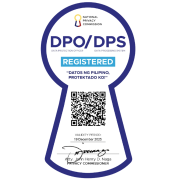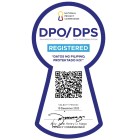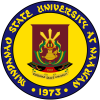Mindanao State University at Naawan
- Pedro Pagalan St., Poblacion, Naawan, Misamis Oriental, Philippines 9023
- +63 908 885 3500
- [email protected]
Research and Extension
Web Development Team

Mindanao State University at Naawan
- Pedro Pagalan St., Poblacion, Naawan, Misamis Oriental, Philippines 9023
- +63 908 885 3500
- [email protected]
Admission
Registrar
Research and Extension
Web Development Team

Mindanao State University at Naawan
- Pedro Pagalan St., Poblacion, Naawan, Misamis Oriental, Philippines 9023
- +63 908 885 3500
- [email protected]
Research and Extension
Web Development Team
Copyright © Mindanao State University at Naawan. All rights reserved.





